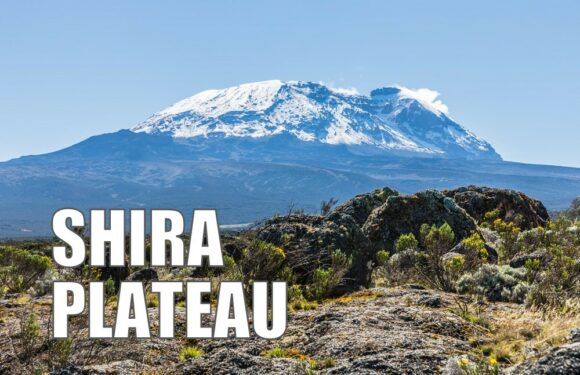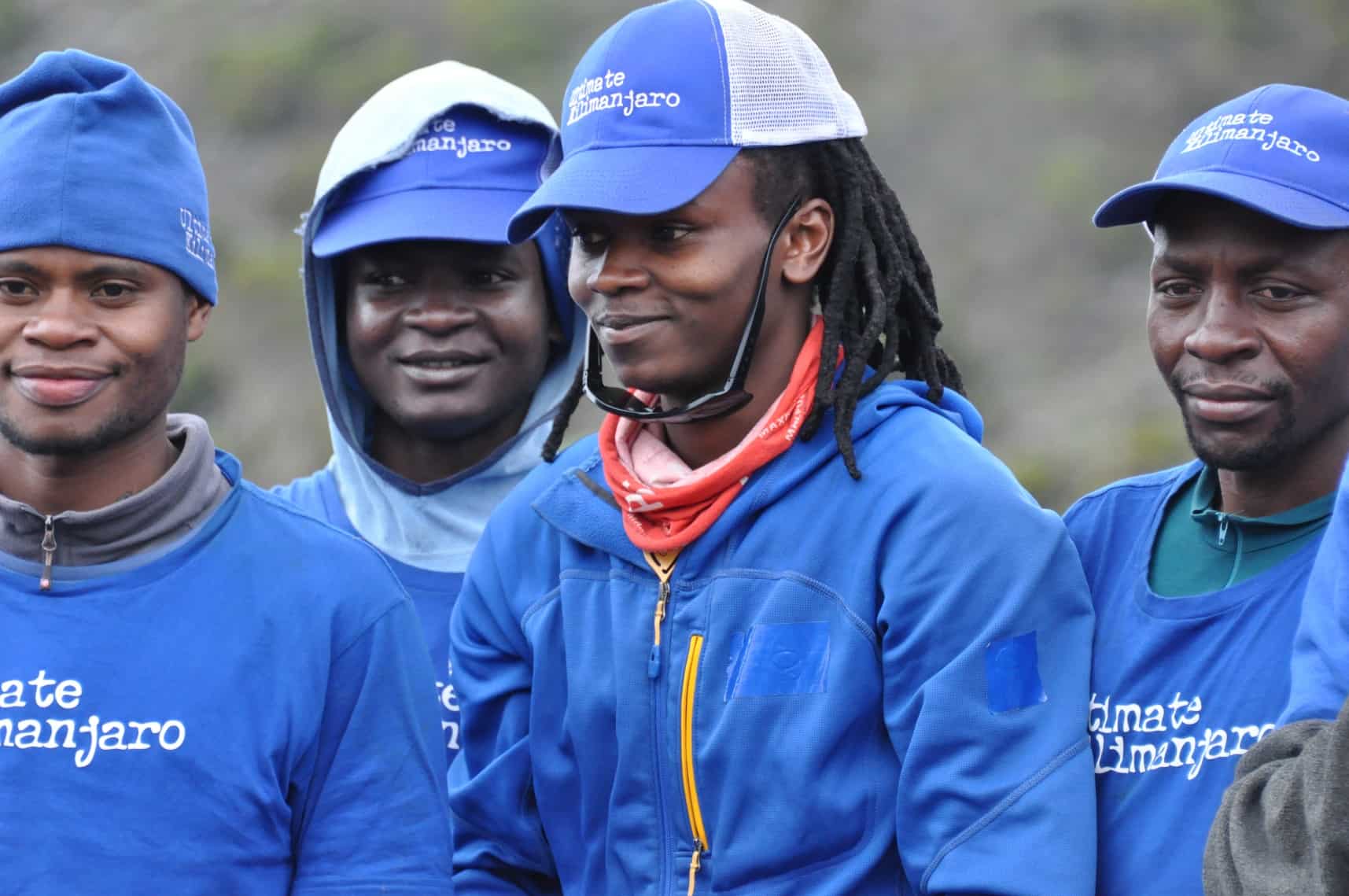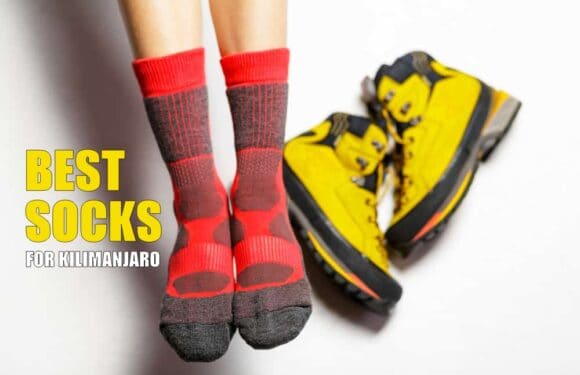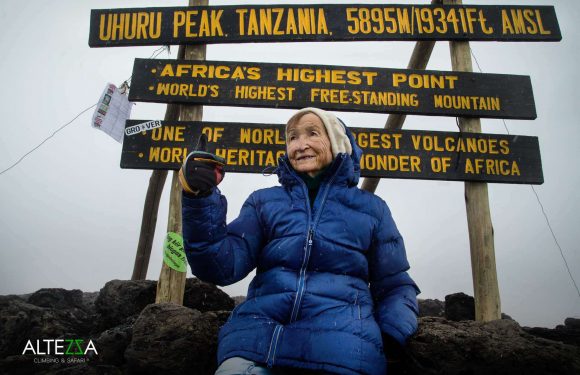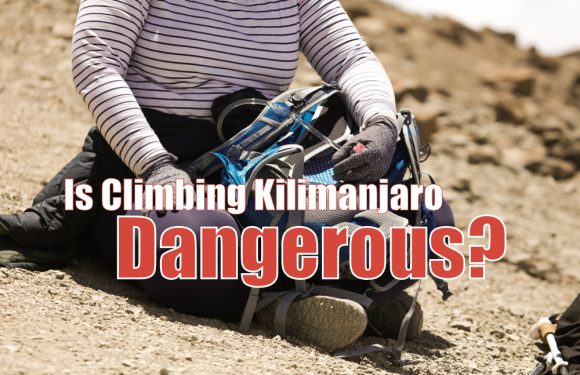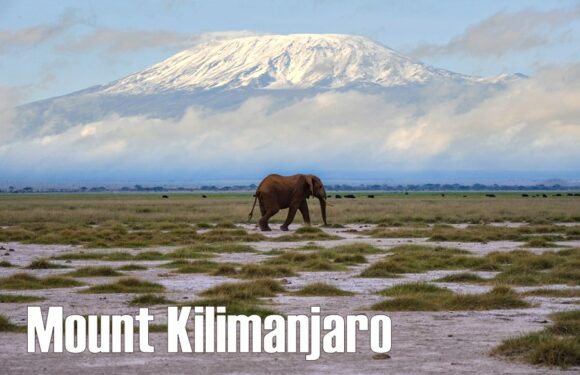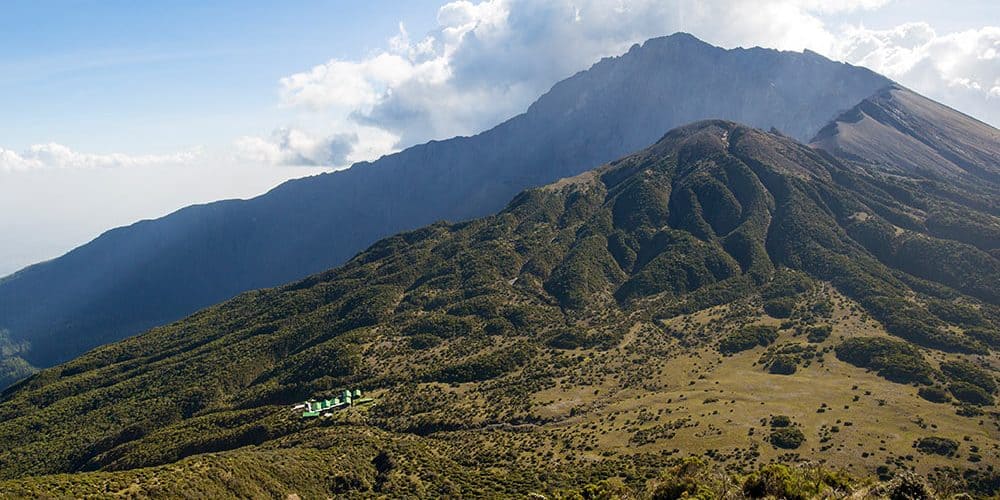
Exposure to higher altitudes will help you acclimatize to Mount Kilimanjaro.
At home, trekking at high peaks will test your ability to adapt to the altitude. Even though any acclimatization you experience would be temporary, and would likely not be present when you come to Tanzania, it is still a good idea. You don’t want to find out on the Kilimanjaro that your body’s response to altitude is very negative.
Some people cannot acclimatize well at all, even to altitudes as low as 10,000 to 12,000 feet. If this is the case, it’s better to find out in your home country.
Now when you climb Mount Meru, it typically happens within a few days of your climbing Kilimanjaro. The summit of Mount Meru is almost 15,000 feet high. That is just about the altitude of the two main high camps used on Kilimanjaro – Kibo Hut and Barafu Camp. You would be much more likely to be acclimatized to the highest campsite you will sleep at while on the trip. Your odds of developing altitude sickness drops. Therefore, if you climb Meru, you can, with one day or no days in between, climb Kilimanjaro thereafter with a lower number of days (5 or 6).
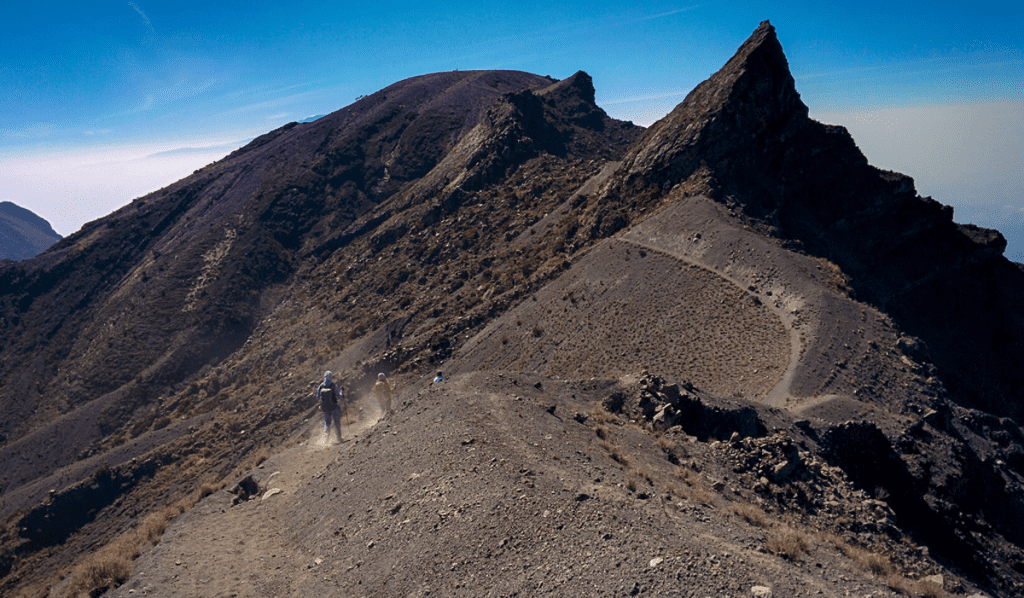
However, do not be too aggressive on either trek. To do Meru and a challenging Kilimanjaro climb back to back may put too much stress on your body. And strenuous activity increases the likelihood of altitude sickness. So while the Meru/Kilimanjaro climb combination can increase the probability of summit success over a lengthy Kilimanjaro climb alone, it can also decrease it.
The success of this schedule depends on how strong of a hiker you are. But in general, it’s a good idea to do Meru, especially if you want to climb it for climbing sake, and not just to acclimatize.



















































